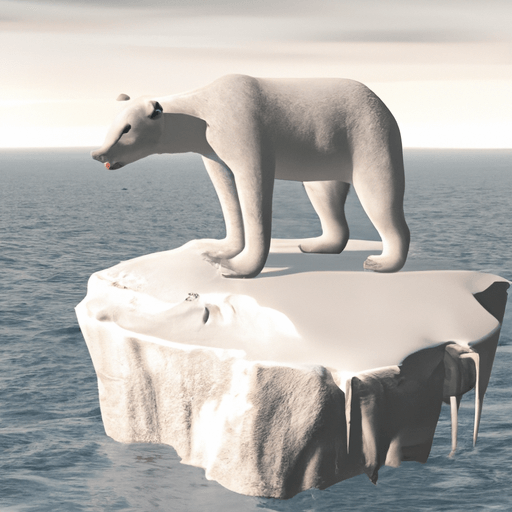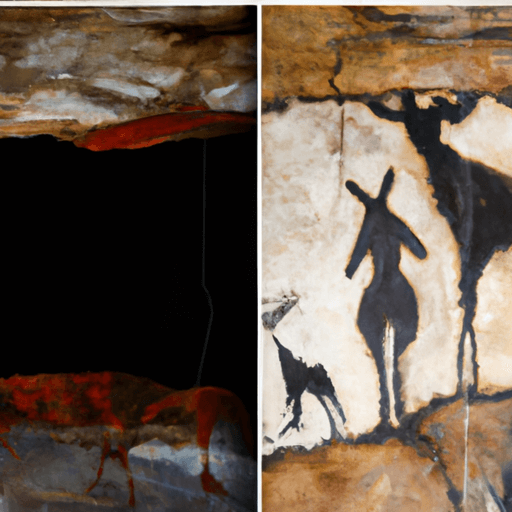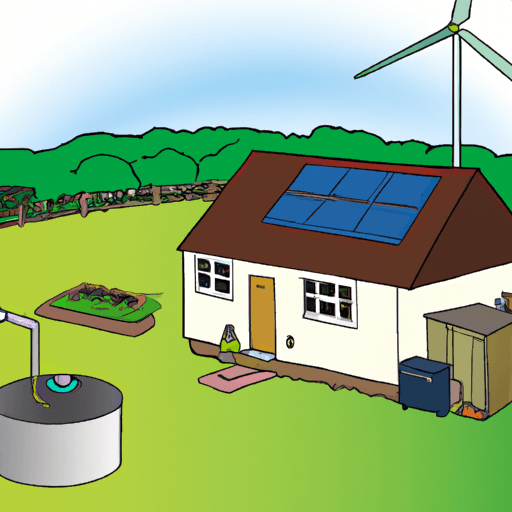Climate Change and its Impact on Biodiversity and Ecosystems
Climate change is one of the biggest challenges of our time, and its effects on biodiversity and ecosystems cannot be overstated. From changes in animal and plant populations to altered habitats and ecosystems, climate change has had a profound impact on the global environment. This article will explore the ways in which climate change is impacting biodiversity and ecosystems around the world, as well as potential solutions to the climate-related challenges facing biodiversity and ecosystems.
Direct and Indirect Impacts of Climate Change on Biodiversity and Ecosystems
One of the most direct impacts of climate change on biodiversity and ecosystems is the alteration of existing habitats and ecosystems. As temperatures rise, species are forced to adapt to new environments, leading to changes in their behavior, populations, and distribution. This can lead to the extinction of certain species, as they are unable to adapt quickly enough to the changing climate. Additionally, climate change is causing shifts in the ranges and populations of many species, as well as changes in the abundance and timing of flowering and fruiting cycles of plants. These changes have the potential to disrupt entire ecosystems, as food webs and other ecological interactions are thrown off balance.
In addition to these direct impacts, climate change is also having indirect effects on biodiversity and ecosystems. For example, as temperatures rise, the spread of diseases is becoming more prevalent. This can lead to mass die-offs of species, as well as the introduction of invasive species into new environments. Additionally, climate change is causing changes in precipitation patterns, which can lead to droughts, floods, and other extreme weather events, all of which can have devastating impacts on biodiversity and ecosystems.
Potential Solutions to Climate-Related Challenges
In order to address the challenges posed by climate change, it is essential to develop strategies to mitigate its impacts on biodiversity and ecosystems. This can be done through a combination of conservation and management strategies, such as habitat protection and restoration, species reintroduction, and the establishment of protected areas. Additionally, it is important to reduce the amount of carbon emissions being released into the atmosphere, as this is a major contributor to climate change. This can be done through the implementation of renewable energy sources, as well as energy efficiency measures. Finally, it is important to educate the public on the effects of climate change, as well as the steps they can take to reduce their own carbon footprint.
Conclusion
Climate change is having a profound impact on biodiversity and ecosystems around the world, and its effects cannot be overstated. From changes in animal and plant populations to altered habitats and ecosystems, climate change is having a wide range of direct and indirect impacts on the global environment. In order to address these challenges, it is essential to implement strategies to mitigate the impacts of climate change on biodiversity and ecosystems, as well as reduce the amount of carbon emissions being released into the atmosphere. By doing so, we can ensure that future generations are able to enjoy the beauty and diversity of our planet.
















Comments
Leave a Comment